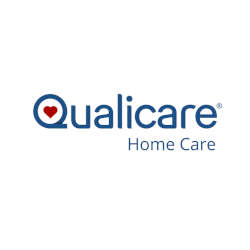 WITZ Banner ad 2020 2_18_2020.jpg
WITZ Banner ad 2020 2_18_2020.jpg
ECLIPSE 2024 EYE SAFETY
The only time that you can look at the sun without a solar viewer is during the totality. When the moon completely covers the sun’s bright face and it suddenly gets dark, you can remove your solar filter to watch the unique experience. As soon as the bright sun begins to reappear very slightly, IMMEDIATELY use your solar viewer again to watch the remaining partial phase of the eclipse. Never look at the uneclipsed or partially eclipsed sun through an unfiltered camera, telescope, binoculars, or other similar devices. This is important even if you are wearing eclipse glasses or holding a solar viewer at the same time. The intense solar rays coming through these devices will damage the solar filter and your eyes.
HOW DO I KNOW IF I DAMAGED MY EYES DURING THE ECLIPSE?
According to the American Academy of Ophthalmology, if your eyes feel a little funny after an eclipse, it may not be a sign of solar retinopathy. Damage from the eclipse is unlikely to cause pain or discomfort in your eyes because the retina does not have any pain nerves. Instead, you would notice visual symptoms within four to six hours. But some may notice symptoms after 12 hours.
WHAT ARE THE SYMPTOMS OF EYE DAMAGE FROM AN ECLIPSE?
If you are concerned that you may have sustained damage, here are some symptoms to look out for:
*Blurry vison
*Headache
*A blind spot in your central vision in one or both eyes
*Increased sensitivity to light *Distorted vision, in which a straight line looks bent, or a door jamb looks curvy
*Changes in the way you see color, known as “dyschromatopsia”.
It is important to see your ophthalmologist or optometrist if you experience difficulties with your vision. These eye care professionals will take a scan of the eye to see the extent of any damage.








